John A. Moran Eye Center Neuro-Ophthalmology Collection: A variety of lectures, videos and images relating to topics in Neuro-Ophthalmology created by faculty at the Moran Eye Center, University of Utah, in Salt Lake City.
NOVEL: https://novel.utah.edu/
TO
| Title | Description | Type | ||
|---|---|---|---|---|
| 51 |
 | Parinaud's Syndrome | Two examples of patients with Parinaud's syndrome, a dorsal midbrain syndrome. Discussion of hallmarks of this syndrome, including convergence retraction nystagmus, vertical gaze palsies, light-near dissociation, and Collier's Sign. Discussion of age-dependent disorders associated with this syndrome... | Image/MovingImage |
| 52 |
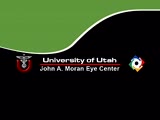 | Brainstem Trauma | Image/MovingImage | |
| 53 |
 | Cogan's Lid Twitch | Image/MovingImage | |
| 54 |
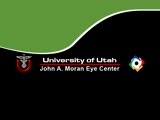 | Unilateral Blepharospasm | Example of patient with unilateral blepharospasm. | Image/MovingImage |
| 55 |
 | Third Nerve Palsy | Patient with third nerve palsy (no audio) | Image/MovingImage |
| 56 |
 | Retraction Nystagmus | Patient with retraction nystagmus (no audio) | Image/MovingImage |
| 57 |
 | Rotary Downbeat | Patient with rotary downbeat nystagmus (no audio) | Image/MovingImage |
| 58 |
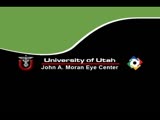 | Blepharospasm with Apraxia of the Eye | Image/MovingImage | |
| 59 |
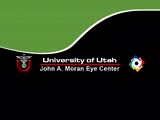 | Congenital Nystagmus | Patient with congenital nystagmus (no audio) | Image/MovingImage |
| 60 |
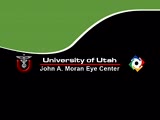 | Bilateral Ptosis | Video of patient with bilateral ptosis. | Image/MovingImage |
| 61 |
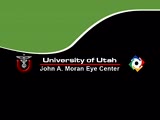 | Spasmus Nutans | Example of patient with spasmus nutans. | Image/MovingImage |
| 62 |
 | Flutter in Downgaze | Examination of patient with flutter in downgaze (no audio) | Image/MovingImage |
| 63 |
 | CPEO | Patient with Chronic Progressive External Ophthalmoplegia (CPEO) | Image/MovingImage |
| 64 |
 | Duane's Syndrome | Example of patient with Duane's Syndrome. Patient is led through instructions for pursuit. | Image/MovingImage |
| 65 |
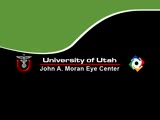 | Superior Oblique Myokymia | Close-up video of a patient with superior oblique myokymia (no audio.) | Image/MovingImage |
| 66 |
 | Downbeat Nystagmus | Example of patient with downbeat nystagmus. Patient is led through instructions of where to gaze. (no audio) | Image/MovingImage |
| 67 |
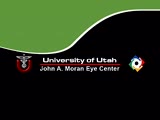 | Downbeat Nystagmus | Example of patient with downbeat nystagmus. Patient is led through instructions of where to gaze. | Image/MovingImage |
| 68 |
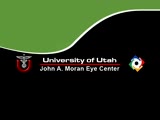 | Bilateral Internuclear Ophthalmoplegia | Example of patient with bilateral internuclear ophthalmoplegia. Patient is led through instructions for direction and distance of gaze. | Image/MovingImage |
| 69 |
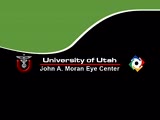 | Vestibular Nystagmus | Example of patient with vestibular nystagmus. Patient is led through instructions for direction of gaze. Shown also with Frenzel goggles. | Image/MovingImage |
| 70 |
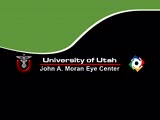 | Intermittent Square Wave Jerks | Patient with intermittent square wave jerks (no audio) | Image/MovingImage |
| 71 |
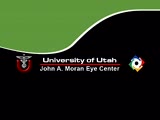 | 3 Step Test | Demonstration of patient examination. | Image/MovingImage |
| 72 |
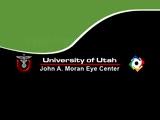 | Wall-Eyed Bilateral Internuclear Ophthalmoplegia (WEBINO) | Example of patient with Wall-Eyed Bilateral Internuclear Ophthalmoplegia. Patient is led through instructions for direction and distance of gaze. | Image/MovingImage |
| 73 |
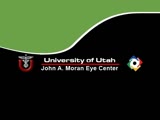 | Aberrant Regeneration of the Third | Patient with a right third nerve palsy demonstrates ptosis, anisocoria and ophthalmoplegia. During attempted downgaze, the right upper lid flutters back up (aberrant movement) and remains retracted. | Image/MovingImage |
| 74 |
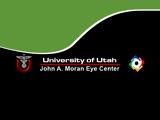 | Blepharospasm | Example of patient with blepharospasm. Patient is led through instructions for direction of gaze and opening and closing of eyes. Patient is led through same exercises again after receiving indomethacin treatment. | Image/MovingImage |
| 75 |
 | Gaze Palsy with Facial Weakness from Pontine AVM | Example of a patient with torsional nystagmus in both eyes and pendular nystagmus in the left eye. Patient is led through instructions for direction of gaze. | Image/MovingImage |
